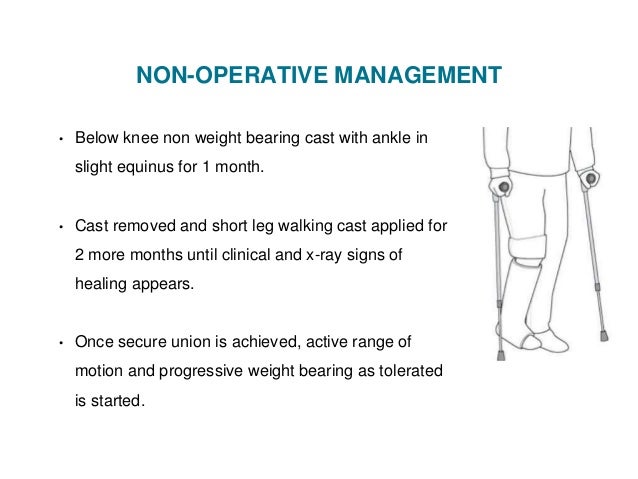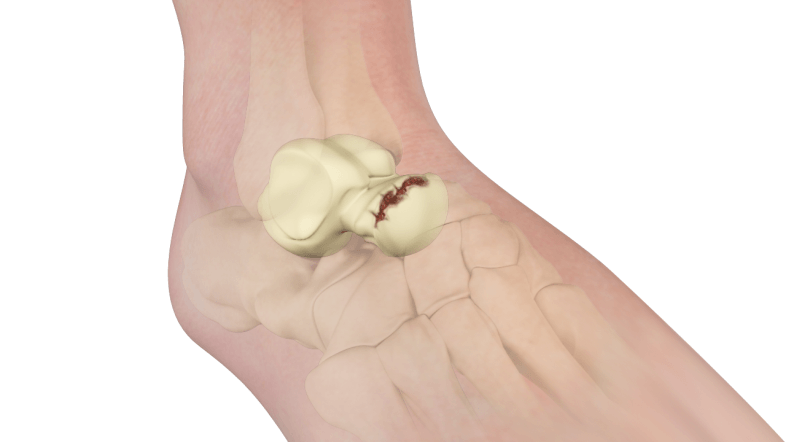
Preventing an ankle fractureĪn athlete who has recovered from an ankle injury may find it helpful to use high-top shoes, an ankle brace or ankle taping to reduce the risk of further joint damage. If you need surgery to repair your fractured ankle, your recovery will take longer than an ankle fracture that could be treated without surgery. Total recovery time varies depending on the severity of your injury and the physical demands of your lifestyle. Once your cast is removed, you may need physical therapy before you can resume your normal activities. If your fracture can be treated without surgery, you probably will wear a cast for about six to eight weeks. If the results of your physical examination suggest that that you have a fractured ankle, your doctor will order X-rays to confirm the diagnosis.
TALUS FRACTURE TREATMENT SKIN
After a significant injury, your pulse, foot movements and skin sensation will be checked to see if there are signs of artery or nerve damage. He or she also will compare range of motion of the injured ankle with the normal joint movement in your uninjured ankle. The doctor also will gently press and feel parts of your injured ankle to determine whether there are any points of extreme tenderness that can help to identify the site of a fracture. During this examination, the doctor will check for swelling, deformity, abrasions, bruising and soreness along the lower part of your tibia and fibula, especially at the medial malleolus and lateral malleolus (bony knobs). The doctor will examine your ankle, foot and lower leg. If you have symptoms of an open fracture, the doctor also will want to know the approximate date of your last tetanus shot. In addition, your doctor will review your medical history, especially any previous injuries to your ankle, foot or lower leg.


People involved in a wide range of athletic activities, including ballet dancers, snowboarders, basketball players and skydivers, are at high risk of ankle fractures because of the physical demands placed on their ankles. SymptomsAnkle fractures are common injuries among people of all ages, interests and lifestyles. The talus supports the lower ends of the tibia and fibula, and it forms a solid base for the normal range of ankle movements.Īlthough there are many ways to fracture an ankle bone, the most common injuries involve a sharp twist of the ankle or a direct impact that fractures at least one of the bony knobs in the ankle.


Its lower end forms a hard, bony knob, called the lateral malleolus, which you can feel at the outside of your ankle. The fibula - This is the thinner of the two bones of the lower leg.The tibia's lower end flares out, forming a hard, bony knob, called the medial malleolus, which you can feel at the inside of your ankle. The tibia - This is the larger of the two bones in the lower leg.In the ankle, three different bones can be fractured: When a bone breaks or cracks, the injury is called a fracture.


 0 kommentar(er)
0 kommentar(er)
